Fall Garden Update
It’s been hot, and it’s been dry. I’m at the plate with two strikes against me, but I’m willing to give it a swing. It’s time to plant a bunch of your favorite fall vegetable crops. Take a quick glance.
General guidelines…
Prepare your garden’s soil fresh for your fall plantings. Incorporate 2-3 inches of organic matter (sphagnum peat moss, compost, rotted manure, bark mulch or a high-quality blend from one of the state’s recycle centers) into the top 8-12 inches of soil left over from your spring garden. Use a rear-tine tiller to pulverize the soil to a fine texture.
All of these vegetables will need full sun for maximum productivity. Young transplants and seedlings will dry out quickly at high summer temperatures, so check them morning and evening and water them deeply as needed. Apply a water-soluble, high-nitrogen food once the plants have been growing actively for 10 or 12 days.
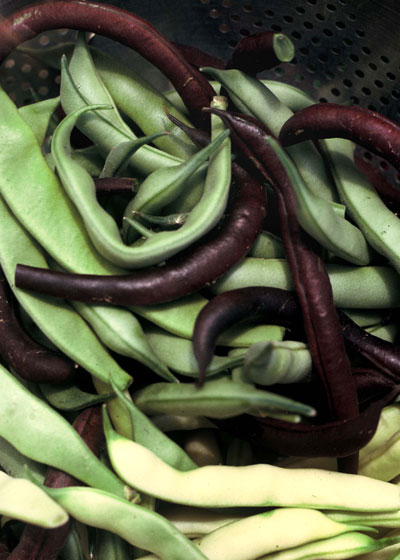
• Bush beans. These are the easiest. Sow seeds 2-3 inches apart in rows 24-30 inches apart. Once they germinate, thin the plants to stand 4-5 inches apart in the rows.
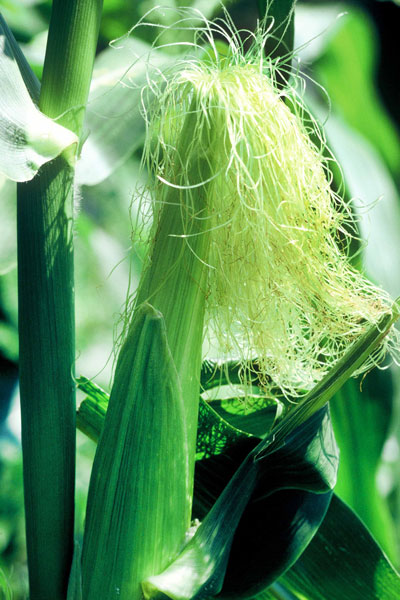
• Corn. You need a fairly large garden to succeed with corn. That’s to ensure good pollination. Choose a fast-maturing variety (70-75 days). Sow the kernels 3-4 inches apart, thinning to 10 inches apart as soon as they’re 3-4 inches tall. Rows should be 30-36 inches apart, and you want your planting to be at least 10×10 feet, preferably 20×20 feet in size. Corn is pollinated by wind, and the larger the block of plants the better the pollination will be.
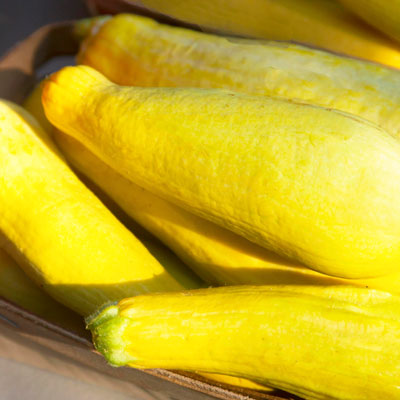
• Summer squash. Don’t be fooled by the name. We’re talking mainly about crooknecks, straightnecks and zucchinis here, and they do fabulously in the fall. The much slower-to-mature butternuts, acorns and so-called “winter squash” should have been planted a month ago. Plant five or six seeds of summer squash per cluster. Allow 5 feet between clusters and 6 feet between rows. Thin to three plants per cluster.
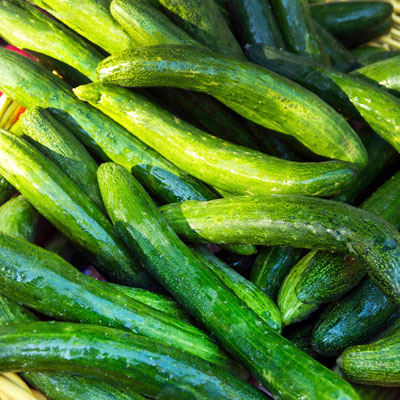
• Cucumbers. Your fruit will be of better quality if you plant cucumbers adjacent to a fence or poles so the plants can climb. Sow five or six seeds per cluster, with the clusters 4 feet apart. Thin to three plants per cluster after they germinate and start growing. Allow 6 feet between rows if you’re growing lots of cucumbers for pickling.
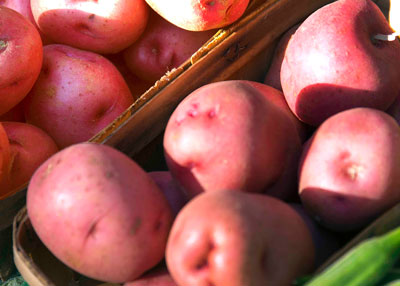
• Potatoes. These may be a challenge. You want to use seed potatoes that have not been sprayed with a growth inhibitor. Groceries use such sprays to keep their potatoes from developing green sprouts while they are waiting to be sold. If you have a few potatoes left over from your spring garden, those would be ideal. Plant them 12 inches apart in rows that are 30 to 36 inches apart.
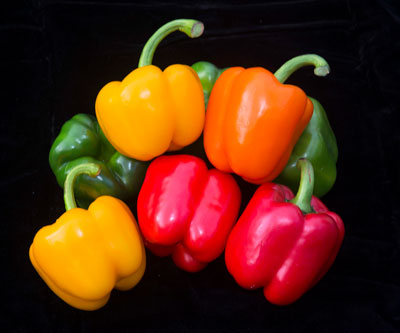
• Peppers. We mentioned a week or two ago that mid-July is prime time for planting peppers in your garden. If you get them set out this weekend, however, you’ll hopefully still be safe. That’s true for all kinds of bell peppers as well as sweet bananas, jalapenos and other hot types as well. They’ll be of far greater quality than peppers that have been produced during the heat of the summer, but you do need to know that hot peppers aren’t usually as hot when they mature in fall’s cooler conditions. Important suggestion: pepper plants are relatively compact. They’re easily grown in 5-gallon pots so you can bring them in during early frosts.
But what about tomatoes?
Hopefully you saw my write-up on growing tomatoes in your fall garden here three or four weeks ago. As I mentioned at that time, the last week of June and the first week of July are prime time for setting out transplants for the bulk of the state. As I mentioned then, gardeners in South Texas could wait a couple more weeks (that would be now).
However, I warned you that early frosts in late October and early November threaten plantings made this late in the rest of the state. If you’re going to plant tomato transplants now, set them into places where you can easily cover them should it drop into the 30s (remember those temperatures?) before you realize a good harvest. You could also plant them into 10-gallon pots that could be wheeled into temporary protection as needed.
What crops will come next?
Fall garden plantings will continue around the middle of August when we’ll be talking about setting out transplants of broccoli, cabbage, cauliflower and Brussels sprouts. Leafy and root crops will come in about a month. Watch for details on all of them here.
